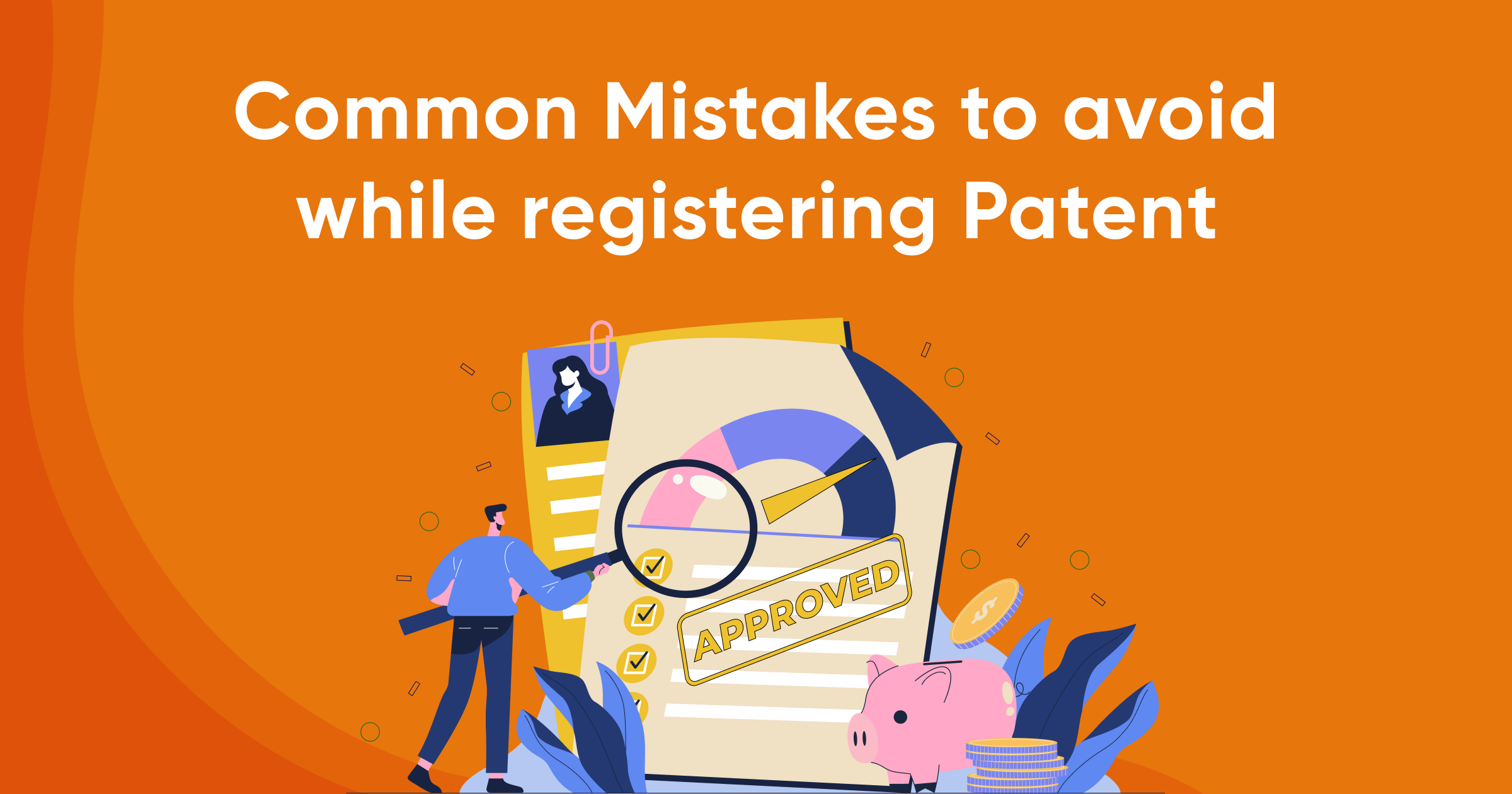Introduction
Securing a patent is a critical step in protecting your innovative ideas and inventions. However, the patent registration process can be complex and fraught with pitfalls that can jeopardize the success of your application. Avoiding common mistakes during the patent registration process not only saves time and resources but also ensures that your intellectual property is adequately protected. This blog will highlight the most common mistakes inventors make when registering patents and provide guidance on how to avoid them.
Failing to Conduct a Comprehensive Patent Search
One of the most common mistakes in the patent registration process is neglecting to conduct a thorough patent search before filing. A comprehensive search helps identify existing patents or prior art that could prevent your invention from being considered novel. Skipping this step can lead to wasted effort and costs if your application is rejected due to similarity with existing patents.
Before filing your application, perform a detailed patent search using available databases, such as the USPTO or WIPO, to ensure your invention is unique. This step can be complex, so consider seeking professional assistance to ensure a comprehensive search.
Inadequate Description of the Invention
A patent application must include a detailed description of the invention, including how it works and the problem it solves. Many applicants fail to provide enough detail, leading to rejections or limiting the scope of the patent protection. Inadequate descriptions can also make the patent vulnerable to challenges from competitors
Ensure that your patent application includes a clear, detailed, and comprehensive description of the invention. Use precise language and include all necessary diagrams, illustrations, and specifications to fully explain your invention. Consulting with a patent attorney or professional can help refine your descriptions to meet legal standards.
Overlooking the Importance of Claims Drafting
The claims section of a patent application defines the scope of the invention’s protection. Drafting vague or overly broad claims is a common mistake that can weaken your patent or lead to rejection. Claims that are too narrow, on the other hand, may not provide adequate protection against potential infringers.
Invest time in carefully drafting your claims to strike a balance between broad and specific protections. Each claim should be clear, concise, and directly related to the invention. Professional help from a patent attorney can be invaluable in drafting claims that adequately protect your intellectual property.
Not Considering International Patent Protection
Focusing solely on securing a patent in your home country can be a significant oversight, especially if your invention has potential international appeal. Patents are territorial, and failing to apply for protection in key markets can leave your invention vulnerable to exploitation abroad.
Consider your business goals and the markets where your invention will be valuable. If international protection is important, explore options like the Patent Cooperation Treaty (PCT), which allows you to seek protection in multiple countries through a single application process.
Delaying the Patent Filing
Timing is critical in the patent registration process. Delaying your application increases the risk of someone else filing a similar patent or your invention being disclosed publicly, which could impact its novelty. In many jurisdictions, patent laws operate on a first-to-file basis, making timing even more crucial.
File your patent application as soon as your invention is ready and meets the patentability criteria. Avoid public disclosures, presentations, or marketing efforts that could inadvertently reveal your invention before filing. If you must disclose, consider filing a provisional patent application to secure an early filing date.
Failing to Maintain Confidentiality
Maintaining confidentiality before filing a patent is essential. Public disclosures, such as publishing papers, presenting at conferences, or even casual conversations, can compromise the novelty of your invention. This is a common mistake that can render your invention ineligible for patent protection.
Keep your invention confidential until your patent application is filed. Use non-disclosure agreements (NDAs) when discussing your invention with potential partners, investors, or collaborators. Be mindful of inadvertent disclosures in digital communications or social media.
Ignoring Patent Maintenance Requirements
Obtaining a patent is not the final step—maintaining it is equally important. Many inventors overlook the need to pay maintenance fees or comply with other legal requirements to keep their patents in force. Failing to do so can result in the expiration or lapse of your patent rights.
Stay on top of maintenance fees and other post-grant requirements to keep your patent active. Set reminders for fee payments and be aware of the specific deadlines associated with your patent jurisdiction. Engaging in a professional service can help manage these responsibilities and prevent lapses.
Underestimating the Cost of the Patent Process
The cost of securing a patent can be significant, including filing fees, professional services, and potential legal costs if disputes arise. Many inventors underestimate these costs, which can lead to financial strain or incomplete patent protection.
Budget realistically for the patent process, taking into account all associated costs. Explore options for funding or grants that may be available to inventors. Working with a knowledgeable service provider like Trademarkia can help you understand the full scope of the costs involved and plan accordingly.
Not Seeking Professional Guidance
Attempting to navigate the patent process without professional help is a common mistake that can lead to errors and setbacks. The patent application process is complex, and even minor mistakes can result in significant delays or rejection.
Engage with professionals who specialize in patent law and intellectual property. A patent attorney or an experienced service provider can guide you through the process, helping you avoid common pitfalls and ensuring your application meets all necessary requirements.
Conclusion
The patent registration process is intricate and demands careful attention to detail. By being aware of and avoiding these common mistakes, inventors can better protect their innovations and maximize the value of their intellectual property. Proper planning, thorough research, and professional guidance are essential components of a successful patent strategy. For comprehensive support in navigating the patent process, Trademarkia offers expert services to help you avoid these pitfalls and secure your inventions effectively.

